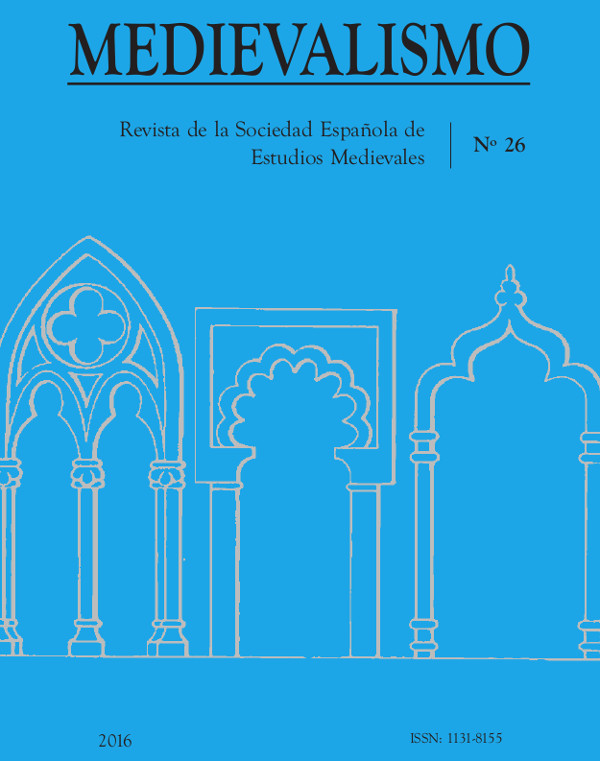Indicadores arqueológicos para la identificación de las poblaciones judías medievales hispánicas
Abstract
The study of medieval Hispanic Jewish communities from the archaeological record dates back to
the origins of medieval archaeology in Spain, in the 18 th century. However, the development of a
medieval archaeology of Judaism in Spain (a “medieval archaeology of Sepharad”) has been very
limited, having focused almost exclusively on epigraphy, the architectural or artistic analysis of
religious buildings (synagogues and ritual baths or mikva’ot) and the study of cemeteries. Given
the difficulties in characterizing the material culture of Hispanic Jewish communities (if that were
possible) and to confirm the presence of Jewish population in medieval archaeological contexts, two
strategies of research are proposed. First, identifying fragments of ceramic Hanukkah oil lamps in
domestic contexts. Second, the development of zooarchaeological analysis that enable the identification
of diets and alimentary practices typical of Jewish populations (Shechita and Kashrut). To this end,
the successful results of the implementation of both strategies in some Spanish archaeological sites
in recent years, especially in the late medieval Jewish quarter of Lorca Castle (Murcia), are exposed.
Downloads
-
Abstract814
-
PDF (Español (España))1467









